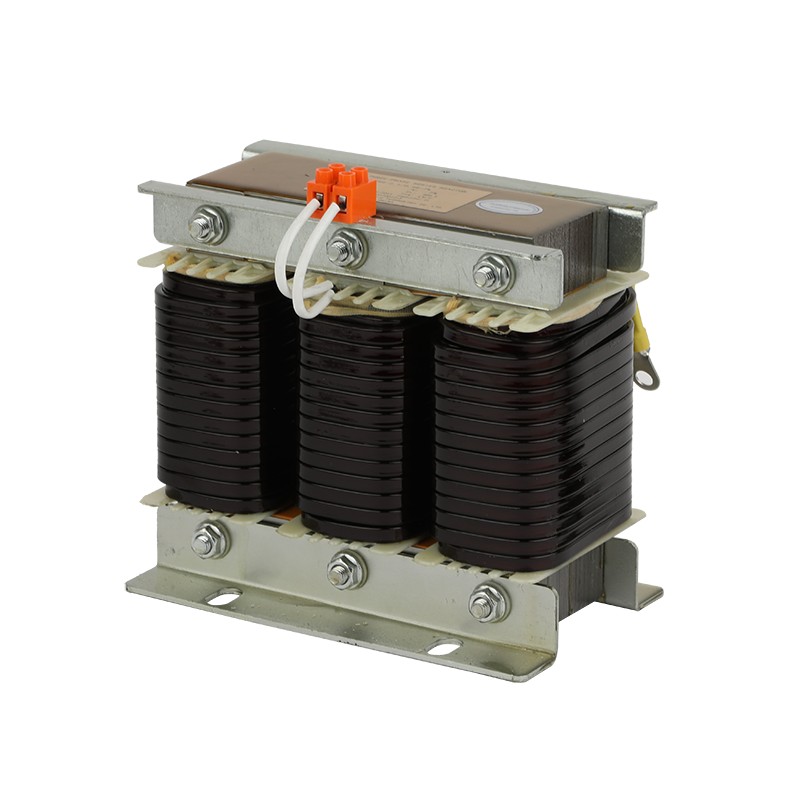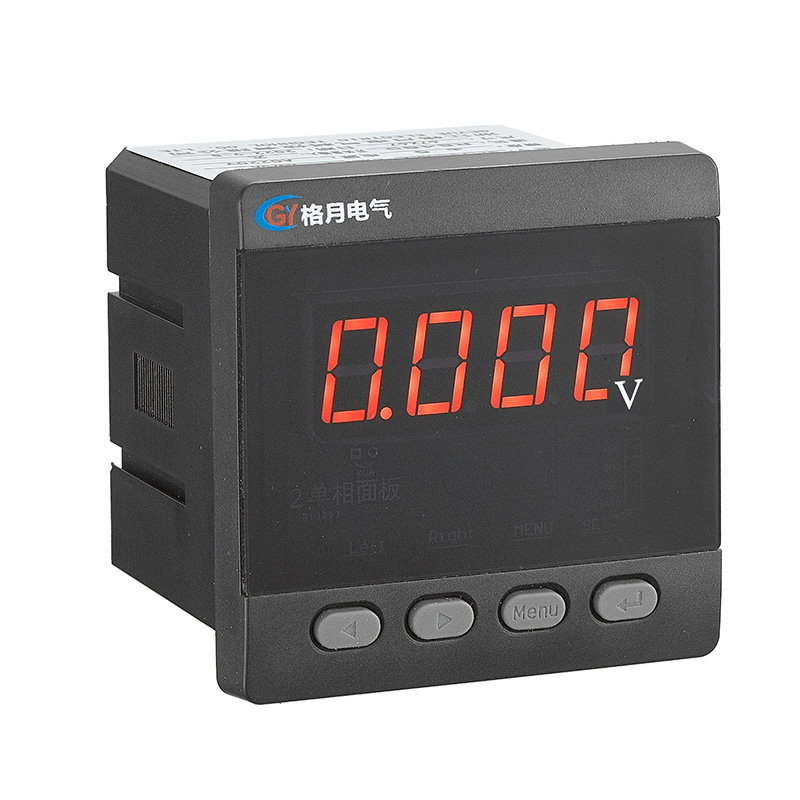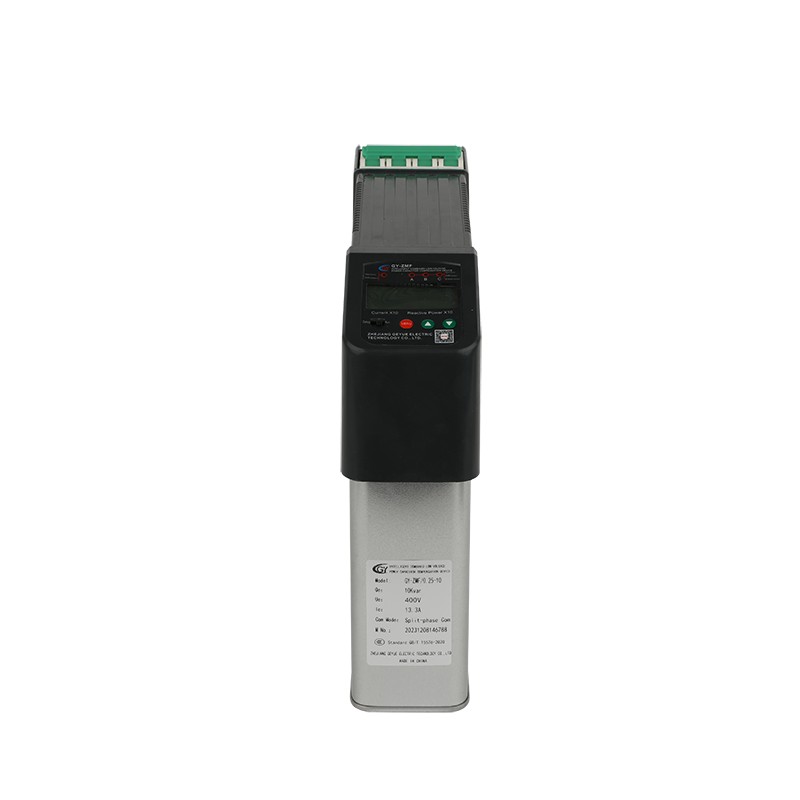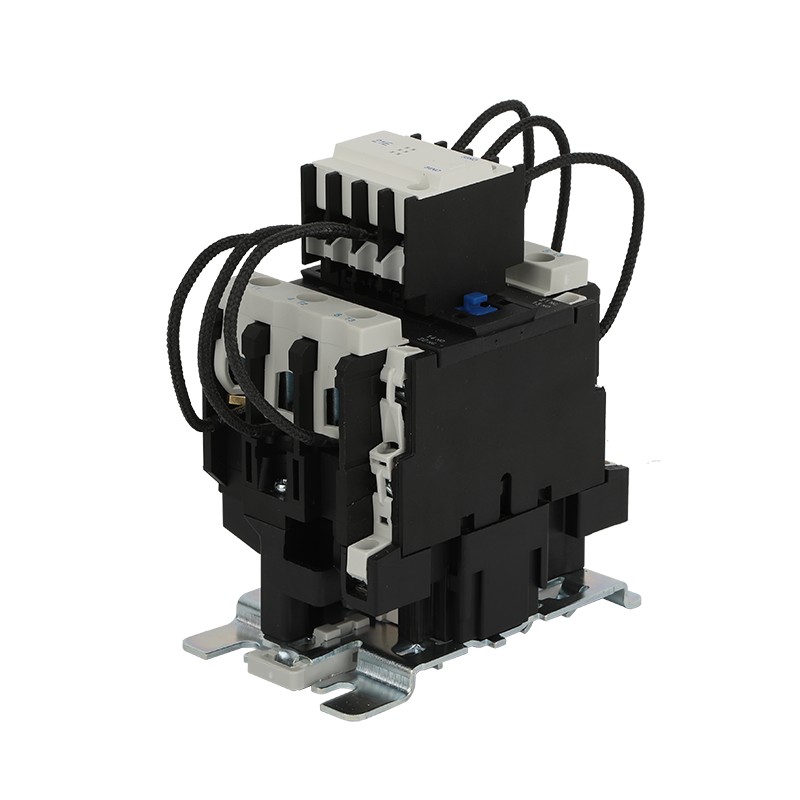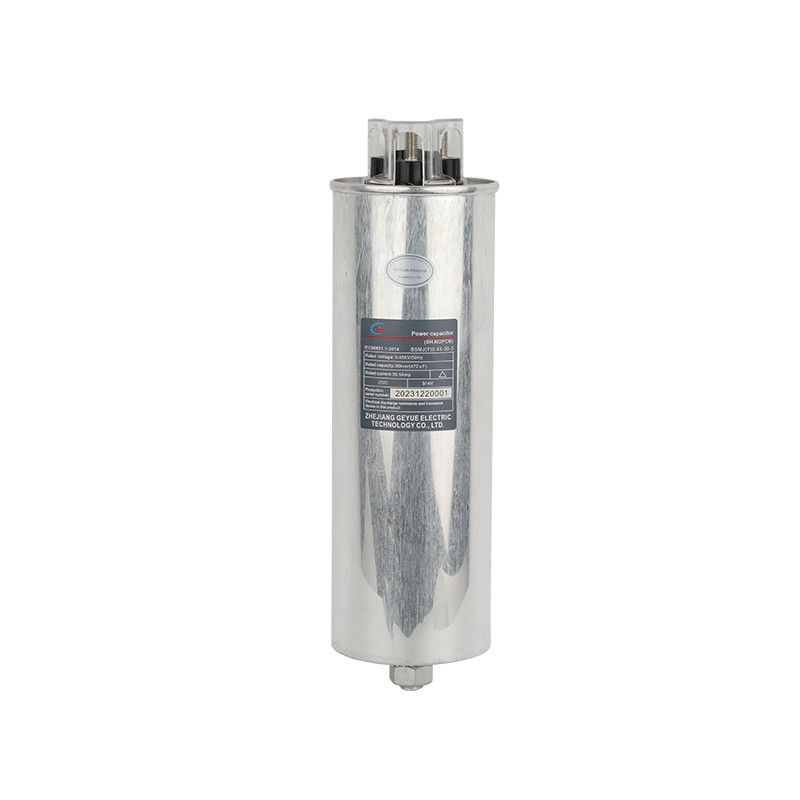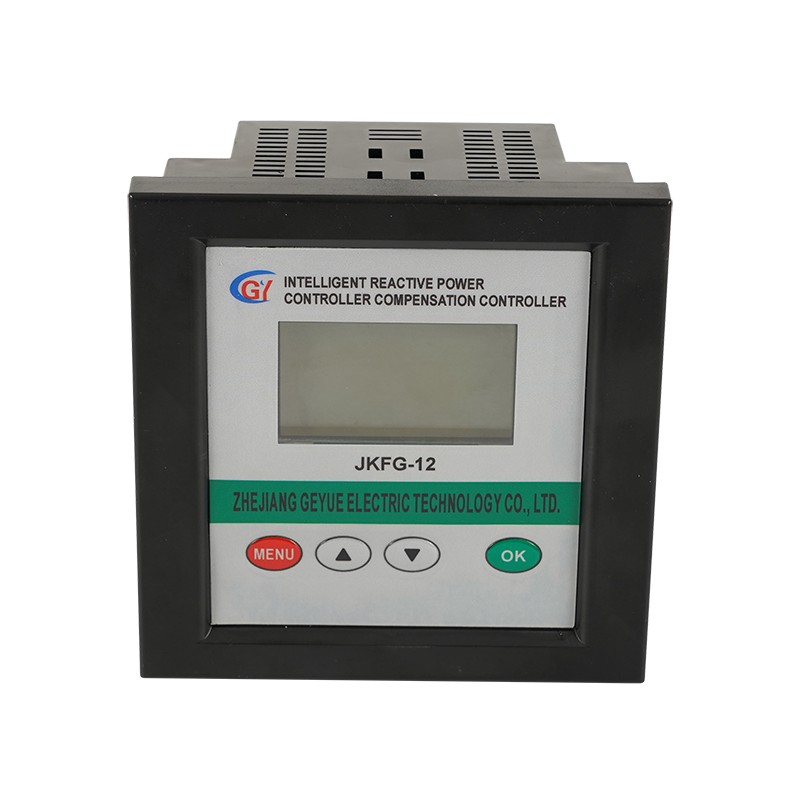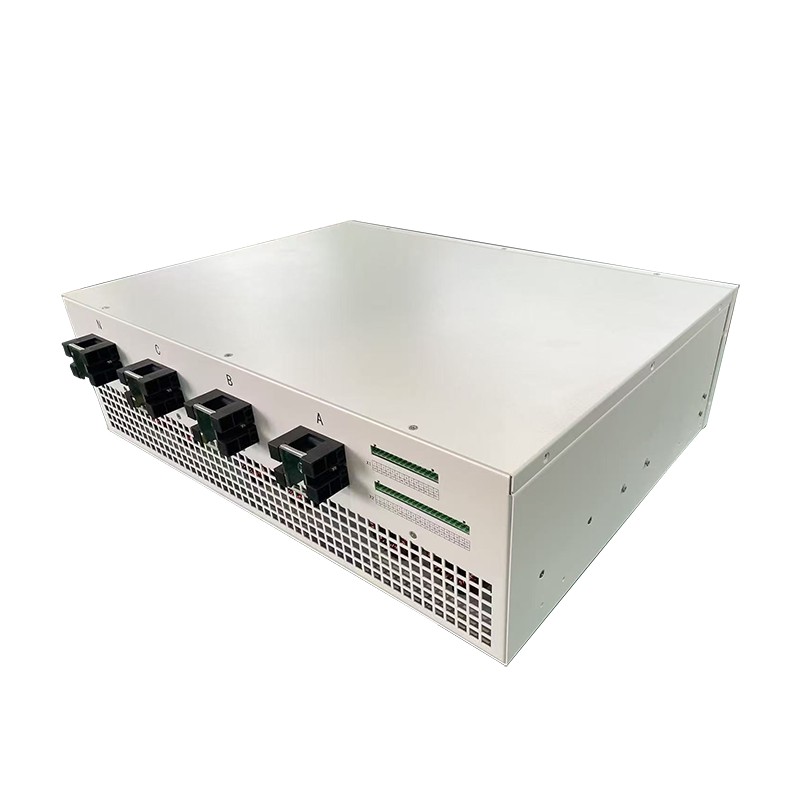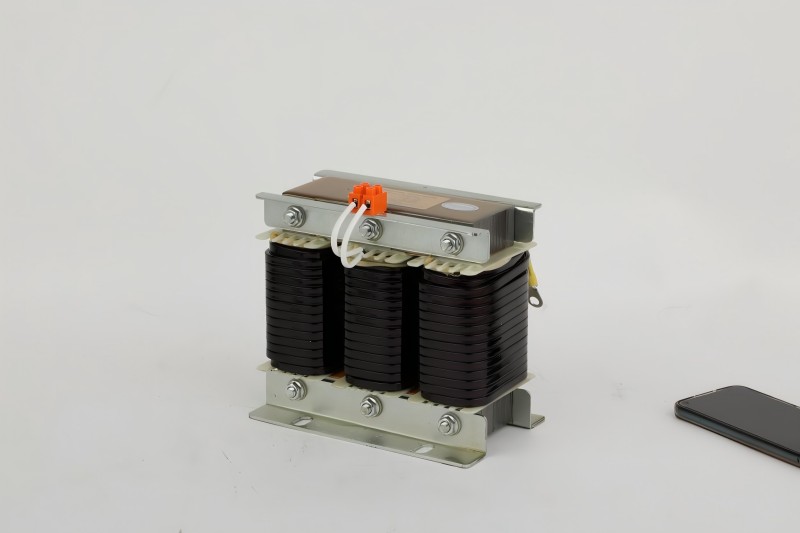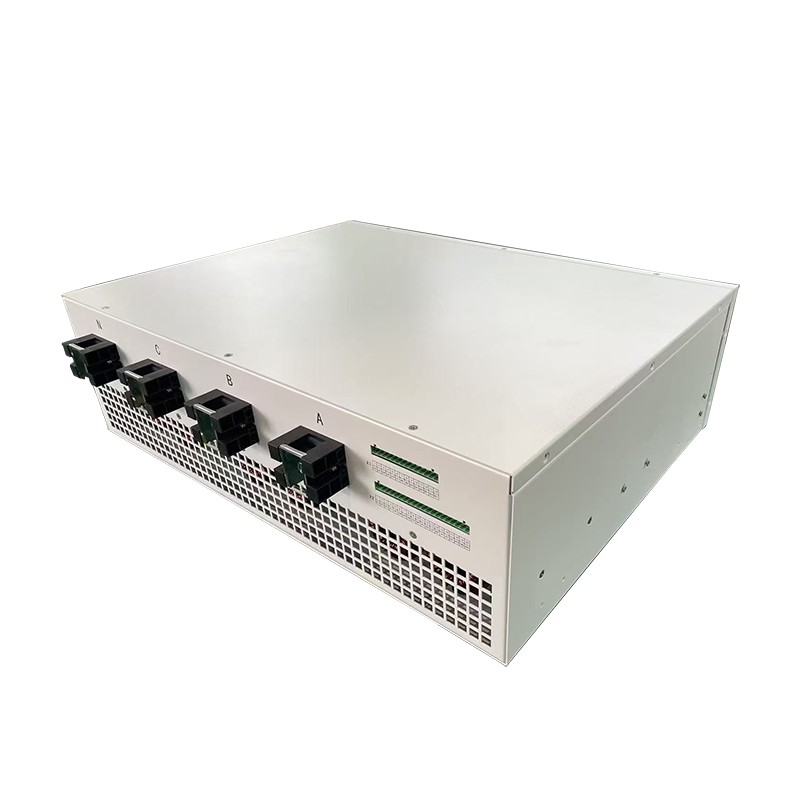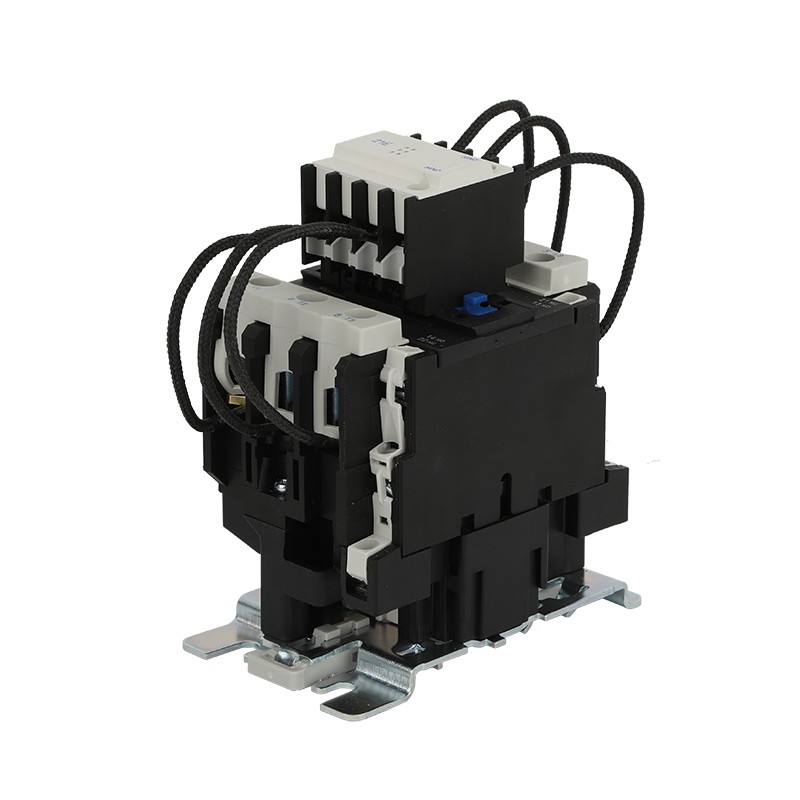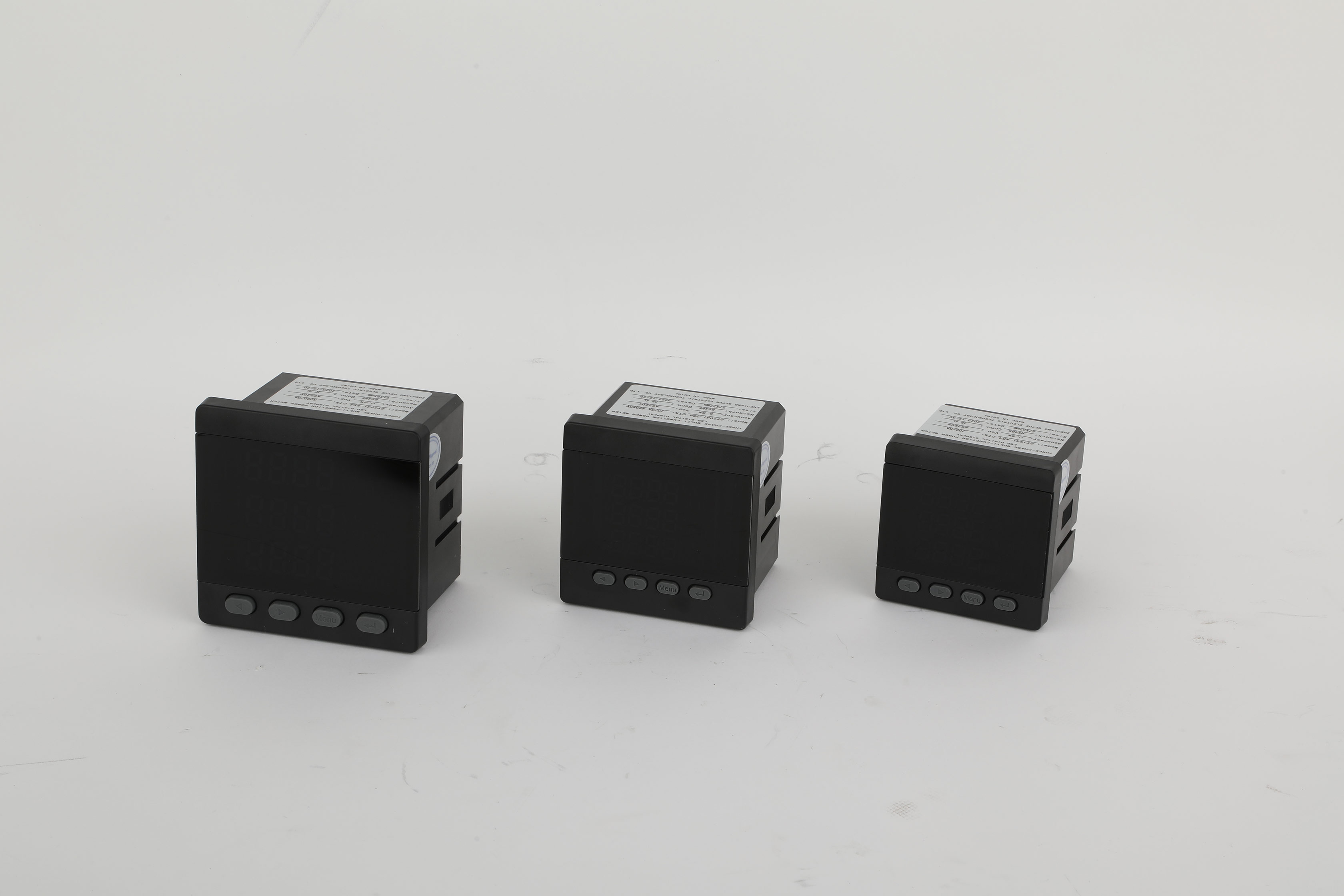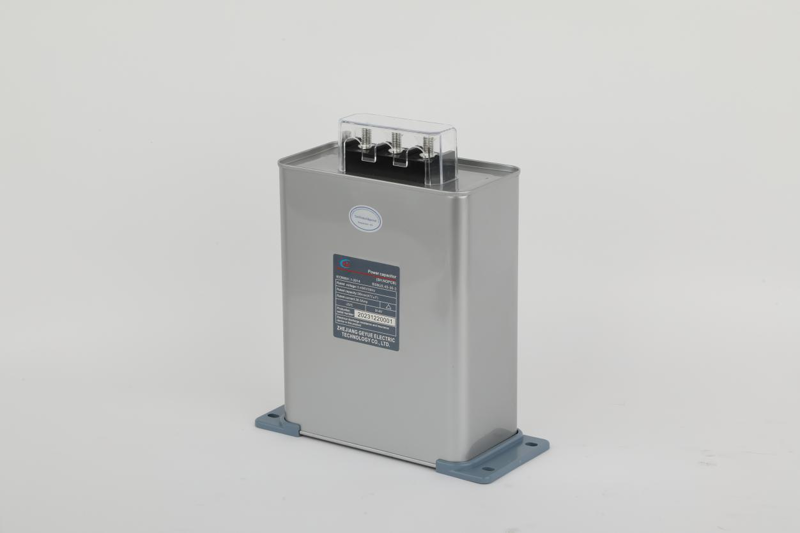Why Must Compensation Devices Support the IEEE 2030.5 Protocol in the Era of the Power Internet of Things?
In the context of the accelerated advancement of the intelligent transformation of the power system, as a professional manufacturer in the field of low-voltage reactive power compensation, Geyue Electric believes that supporting the IEEE 2030.5 protocol has become an inevitable choice for the new generation of reactive power compensation equipment. In this article, our Chief Electrical Engineer Suzie Huang will deeply analyze the significance of this standard, IEEE 2030.5 protocol, for the future development of the low-voltage reactive power compensation industry from three dimensions: technical interoperability, system collaborative optimization, and future application prospects.
Break down Information Silos to Achieve Interconnection and Interoperability
The fragmented technical standards in traditional power systems, where various devices often use different communication protocols, once severely restricted the overall efficiency of the power system. The emergence of the IEEE 2030.5 protocol has innovatively solved this problem, providing a unified communication language for all power equipment in the power system. The IEEE 2030.5 protocol standard adopts the modern Internet architecture style of RESTful and supports the HTTPS secure transmission protocol, ensuring the reliability and real-time performance of data interaction in the power system.
In the power Internet of Things environment, reactive power compensation equipment needs to work in coordination with various devices such as photovoltaic inverters, energy storage systems, and charging piles. Compensation devices that support the IEEE 2030.5 protocol can automatically identify other devices in the network and achieve rapid plug-and-play access. This interoperability significantly reduces the difficulty of system integration and shortens the engineering implementation cycle.
The convenient interconnection feature is precisely the core capability that modern power systems urgently need. Taking a micro-grid project in an industrial park that our company has collaborated with as an example, the practice shows that the compensation equipment adopting the IEEE 2030.5 protocol standard can shorten the system debugging time by more than 40%, and at the same time, the operation and maintenance personnel can monitor the status of all connected devices through a unified management platform, significantly improving the operation and maintenance efficiency.
Enhance the Dynamic Regulation and Coordinated Control Capabilities
The large-scale integration of new energy sources has brought unprecedented pressure to the dynamic regulation of the power system. Due to the local control mode, traditional compensation equipment is unable to cope with the complex fluctuations brought by distributed power sources. The IEEE 2030.5 protocol provides a technical foundation for compensation equipment to participate in system-level optimization.
Compensation devices that support the IEEE 2030.5 protocol can obtain real-time grid dispatch instructions and wide-area measurement data, achieving precise responses within milliseconds. In a case of wind farm grid connection, the SVG device with IEEE 2030.5 interface successfully controlled the voltage fluctuation amplitude within ±1%, indicating that the regulation effect of the reactive power compensation device with IEEE 2030.5 interface is much better than that of conventional reactive power compensation equipment.
In addition, the IEEE 2030.5 standard can also be applied to more advanced application scenarios. For instance, the compensation equipment that supplements the IEEE 2030.5 protocol can automatically adjust its operation strategy based on real-time electricity price signals or system emergency demands. The flexibility granted by the IEEE 2030.5 protocol not only enhances the security level of the power grid but also creates new opportunities for users to participate in the electricity market. A commercial complex chose to apply the intelligent compensation system based on the IEEE 2030.5 standard to participate in demand compensation responses, and its annual revenue increased by 150,000 yuan.
Strategic Layout for the Future Power Ecosystem
With the rapid development of new business models such as virtual power plants and energy internet, the importance of interconnection of power equipment will continue to increase. The IEEE 2030.5 protocol, as a verified international standard, is becoming the fundamental regulation for the construction of smart grids. Against the backdrop of the gradually mature carbon trading market, compensation equipment that supports the IEEE 2030.5 protocol has the ability for future expansion and can seamlessly connect to various energy management platforms, providing users with data support for carbon emissions. A manufacturing enterprise precisely measured reactive power losses through an intelligent compensation system, reducing its annual carbon quota expenditure by 8%.
Cybersecurity is of paramount importance in the construction of the power Internet of Things. The IEEE 2030.5 protocol incorporates TLS encryption and OAuth authentication mechanisms, providing an unassailable security guarantee for compensating devices. Geyue Electric suggests that users choose a reactive power compensation solution that further strengthens the firmware security protection of the equipment based on the IEEE 2030.5 standard, to ensure the reliable operation of this protocol in complex network environments.
During the crucial period of energy digital transformation, reactive power compensation equipment that supports the IEEE 2030.5 protocol represents the mainstream direction of technological development. Geyue Electric will continue to deepen standard research and promote product innovation, providing customers with intelligent compensation solutions for the future. Our company believes that choosing open standards is choosing the initiative for future development. Let's join hands to build a more intelligent, efficient and secure power Internet of Things ecosystem, reach out at info@gyele.com.cn for more information.
- Why do the Mainstream Series Reactors Currently on the Market All Adopt the Dry-Type Iron-Core Structure?
- What Exactly is the Boundary Between Static Compensation and Dynamic Compensation in the field of low-voltage reactive power compensation?
- Can Cylinder Self-healing Shunt Capacitor Become the Ideal Choice for Reactive Power Compensation in Power Systems?
- Can Three Phase Intelligent Low Voltage Compound Switch Achieve Technological Innovation in Reactive Power Compensation of Power Systems?
- Can AC contactors become key actuators in industrial automation control?
- Can Self-healing Shunt Capacitor Become a Key Support for Smart Grid Construction?

